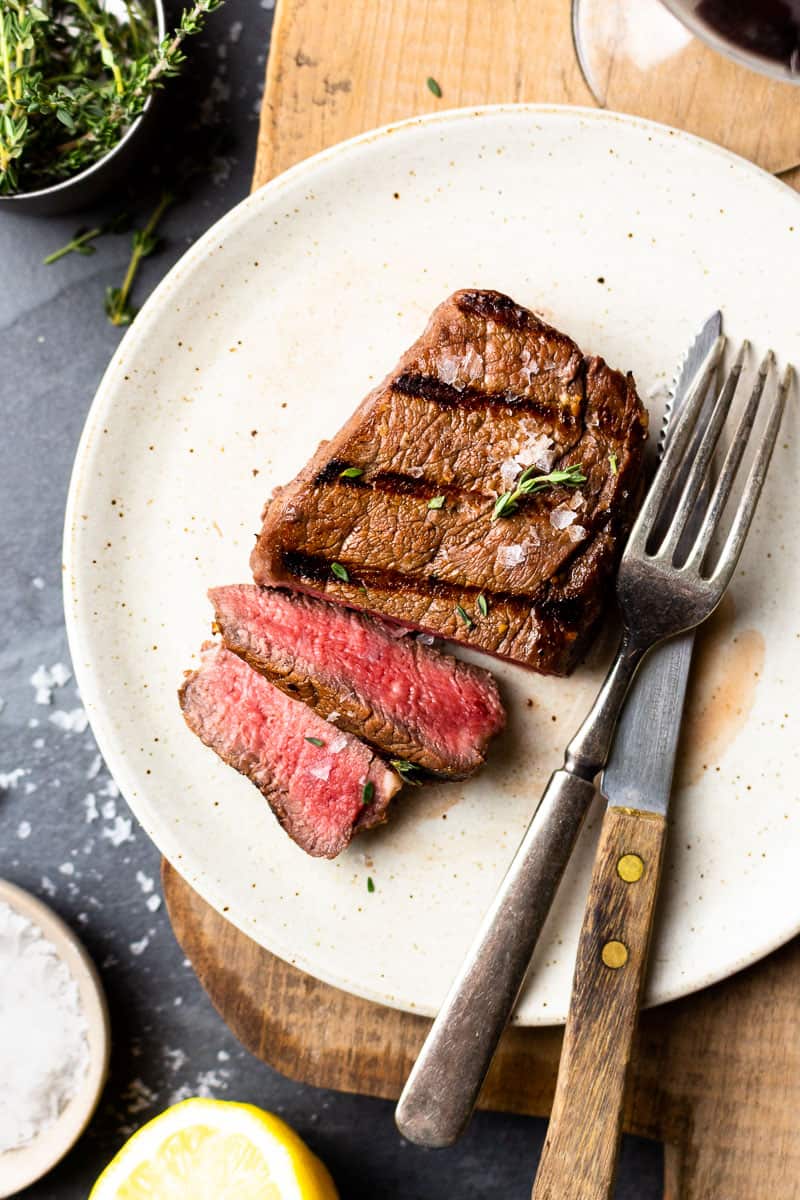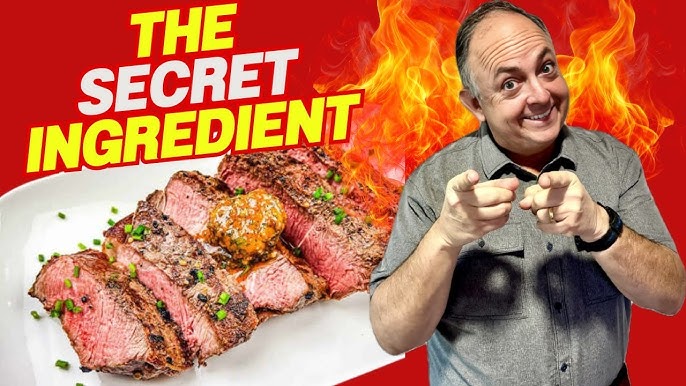Alright, let’s talk elk round steak. Got a nice piece the other day, and if you’ve ever dealt with round steak, especially from an elk, you know it can be a bit of a challenge. Lean, and can get tough as old boots if you’re not careful. So, I figured I’d share what I’ve been messing around with in my kitchen.
First Things First: Trying to Beat the Toughness
So, there I was, staring at this hunk of beautiful, dark red meat. My first thought, like always with leaner cuts, was marinade. Gotta try and get some flavor in there and, more importantly, try to tenderize it a bit. I’m not one for super complicated stuff, you know?

I grabbed some olive oil, a good splash of soy sauce – not too much, don’t want it tasting like a salt lick – some Worcestershire sauce, garlic powder, onion powder, and a bit of black pepper. Whisked it all up in a bowl. Nothing fancy. Then, I poked the steak all over with a fork. Really went at it. My thinking was, more holes, more places for the good stuff to get in. Then, into a bag it went with the marinade, and I squished it all around. Left it in the fridge for a good few hours. Some folks say overnight, but I was getting hungry, so maybe 6 hours it was.
When it was time to cook, I pulled it out, let it sit on the counter for a bit to take the chill off. Wiped off most of the marinade, patted it dry. You want a good sear, right? Got my cast iron skillet screaming hot. Little bit of oil in there, and then I laid that steak down. Sizzled like crazy. Did about 3-4 minutes a side. I was aiming for medium-rare, ’cause any more than that with elk round and you’re asking for trouble.
The verdict? It was… okay. Flavor was decent from the marinade, but it was still a bit chewier than I’d hoped. Not a total failure, mind you. Sliced it thin against the grain, and it was edible. But I knew I could do better. That’s the thing with cooking, it’s all trial and error, ain’t it?
Round Two: Let’s Slow Things Down a Bit
So, the quick sear wasn’t quite the home run I wanted. My next thought was, alright, if fast and hot is tricky, let’s go low and slow. Maybe a braise, or something in the slow cooker. I decided to try a braising approach on the stovetop, then finish in the oven.
This time, I didn’t bother with a long marinade. Just seasoned the steak with salt and pepper. Got my Dutch oven hot, seared the steak on both sides to get some color. Took it out, then threw in some onions, carrots, and celery – the usual suspects. Cooked ’em down a bit. Then, a bit of tomato paste, stirred that around. Deglazed the pot with some beef broth, scraping up all those tasty browned bits. Put the steak back in, added enough broth to come about halfway up the sides of the meat. Threw in a bay leaf and some thyme sprigs I had.
Brought it to a simmer on the stove, then covered it and stuck it in a low oven. Something like 300°F. And then I just let it go. Checked it after about an hour and a half. Then another half hour. You’re looking for it to be fork-tender. It probably took a good 2 to 2.5 hours, all told.
Pulled the steak out, let it rest. Made a quick gravy from the liquid left in the pot. Sliced the steak – and this time, it was much, much more tender. The flavor was rich, too, from all those veggies and the slow cooking. This was more like it!

So, What Did I Learn From All This?
Well, here’s what I’ve kinda settled on after messing with elk round steak:
- Don’t expect it to be a tenderloin. It’s a working muscle, so it’s inherently tougher. Manage your expectations.
- Marinades help with flavor, and a bit with tenderness if you use something acidic, but they ain’t magic on their own for this cut if you’re cooking it fast.
- Slicing thin against the grain is KEY, no matter how you cook it. Makes a huge difference to the chew.
- Low and slow is your friend. Braising, stewing, or even using a slow cooker really breaks down the connective tissue and makes it tender. This is my go-to now for elk round.
- If you DO want to grill or pan-fry it, get that marinade on it for a long time, don’t cook it past medium-rare, and slice it super, super thin. Maybe even consider velveting the meat like they do in Chinese cooking, though I haven’t tried that with elk yet.
So yeah, that’s my journey with elk round steak. It’s not the easiest cut to work with, but if you treat it right, you can get some pretty tasty meals out of it. It’s all about a bit of patience and knowing what you’re dealing with. Hope my fumbling around in the kitchen helps someone else out!












